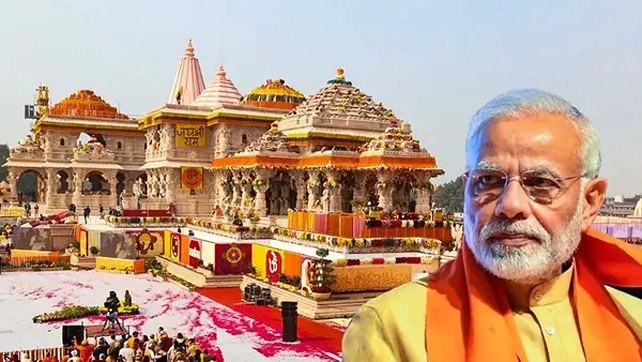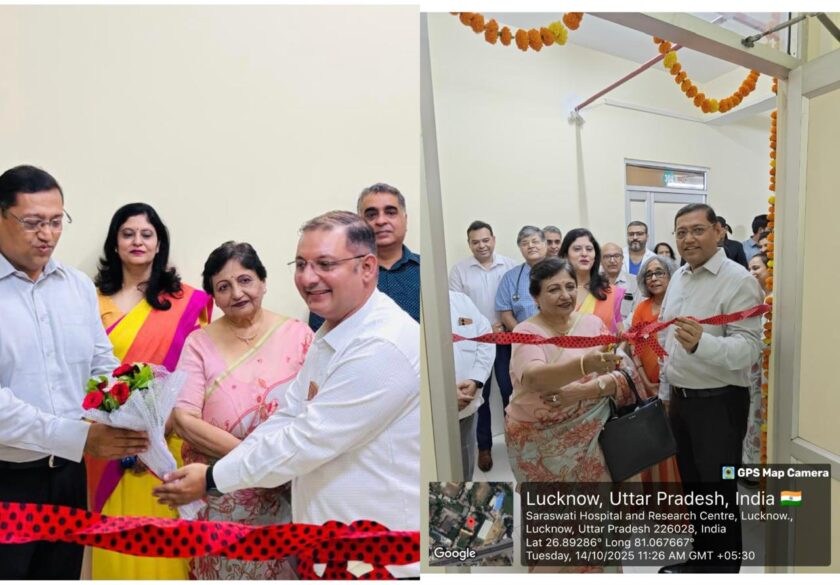New Delhi / Ayodhya: The general elections of 2024 are over, and the outcomes have sparked a lot of debate. The BJP’s projected dominance was impacted by the INDIA coalition’s better-than-expected result. The actual results did not match the BJP’s forecasts, despite their far higher seat count. The party was taken aback by the results in Uttar Pradesh, especially the defeat in the Faizabad (Ayodhya) seat.
Expectations of a resounding win in Faizabad were influenced by the importance of the Ram Mandir, a long-standing goal for many BJP followers. However, Awadhesh Prasad of the Samajwadi Party (SP) defeated BJP candidate Lallu Singh, a 70-year-old sitting MP, by a margin of 54,567 votes. Even while this margin may not be significant in the grand scheme of national legislative elections, the BJP is still deeply hurt by the defeat. Analyzing the elements that led to this surprising result in the city of Lord Ram is thus crucial.
CHOICE OF APPLICANTS
Five Vidhan Sabha constituencies make up the Faizabad (Ayodhya) Lok Sabha constituency: Dariyabad, Rudauli, Milkipur, Bikapur, and Ayodhya. With the exception of Milkipur, where the Scheduled Castes and Muslim population significantly influence election results, the BJP controlled four of these. The BJP performed poorly in Dariyabad and Milkipur but triumphed in Rudauli, Bikapur, and Ayodhya in the general elections of 2024. Both his home seat of Milkipur and Dariyabad gave the SP candidate, Awadhesh Prasad, a sitting Member of the Legislative Assembly (MLA), a lead in the election. The leads held by the BJP in the last three seats were not enough to offset these defeats.
Both contenders are seasoned politicians with notable achievements during their separate careers. Lallu Singh, the BJP’s candidate, has been an MLA five times and has held the parliamentary seat for two terms in a row. However, Awadhesh Prasad, the 78-year-old SP candidate, was a sitting MLA from Milkipur who had won nine elections to the state assembly. Prasad entered politics in 1974 and was elected to the Lok Sabha 47 years after winning his first MLA seat. Remarkably, he also held six separate positions as minister in the state government of Uttar Pradesh.
It is indisputable that Prasad is a seasoned politician who has often won elections. On the other side, local stories said that Lallu Singh had lost contact with the grassroots over the previous five years, which led to the public’s discontent with his candidacy. But the BJP ignored these feelings and continued to nominate him. On the other hand, the Samajwadi Party relied on a Scheduled Caste leader who had strong local ties and knowledge, a move that paid off for the INDI coalition.
SC Votes, M-Y Equation, and Infrastructure Development
There was already evidence of a Muslim-Yadav (M-Y) vote bank’s preference for the Samajwadi Party in Uttar Pradesh and the INDI coalition nationally. Awadhesh Prasad, who belongs to the Scheduled Caste, was able to get a substantial number of votes from the Scheduled Caste population.
Since Lallu Singh has been the sitting Member of Parliament since 2014 and the public has consistently voiced displeasure with his term, it is impossible to ignore the anti-incumbency mood.

Even though the BJP administration built large roads, highways, and airports, renovated the Ayodhya train station, and other development projects, the local people were unhappy because of the pervasive corruption in the distribution of settlement monies.
In addition, the lack of infrastructure in the vicinity of Ayodhya played a role in the BJP’s loss in the Faizabad seat. Because of the concentration of infrastructure development and lighting in Ayodhya’s metropolitan regions, a certain segment of society was elevated, which inflamed the local populace of the Dariyabad and Milkipur Assembly seats.
A FEELING OF DISTRUST
The BJP’s move to induct a number of local leaders who had previously opposed the party and its local cadres had caused fear and distrust among the party’s long-standing grassroots workers (karyakartas) before to the election. The BJP’s central leadership failed to recognise the importance of this event, which contributed to the party’s downfall.
Along with the BJP karyakartas, Lallu Singh was noticeably absent from physical campaigning, choosing instead to be more active on social media. On the other hand, Awadhesh Prasad and the karyakartas of the Samajwadi Party made significant contributions to grassroots campaigning, educating the public about regional concerns. By using this calculated tactic, the SP was able to increase its percentage of the vote and win.
The Ram Mandir movement’s epicenter, Ayodhya, saw the BJP defeated, signaling a change in the political landscape. The outcomes highlight the significance of regional concerns, the choice of candidates, neighborhood-based advocacy, and the need for inclusive growth. The results of this election should force the BJP to review its plans and give efficient government first priority.






